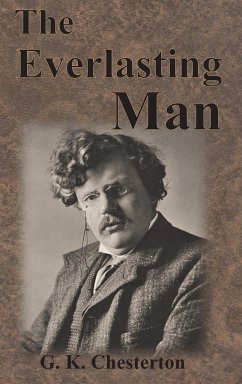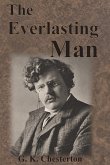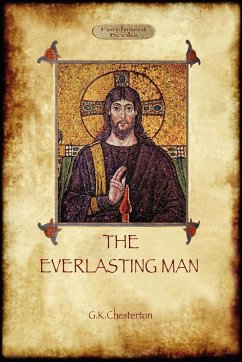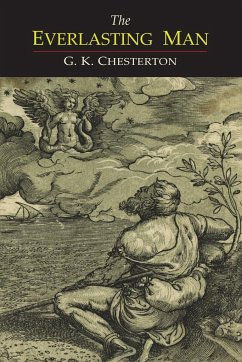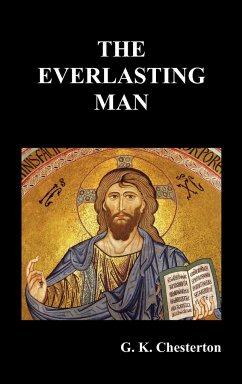Complete edition of The Everlasting Man by G. K. Chesterton. Chesterton successfully challenges the view that man is just another evolutionary animal, and that Jesus Christ was only human. C. S. Lewis said it was the best popular defense of the full Christian position. Find out why in this complete reproduction of the 1925 British Edition. Deep common sense on every page, it includes great thoughts such as these: "The life of man is a story; an adventure story; and in our vision the same is true even of the story of God." "Atheists may continue to war with Christianity, but it will be as they war with nature; as they war with the landscape, as they war with the skies." Witty, deep, and positively entertaining, no student of thought should be without this historic book. This edition is provided in a slim volume with full text at an affordable price. TABLE OF CONTENTS PREFATORY NOTE 3 INTRODUCTION: THE PLAN OF THIS BOOK 3 PART I: ON THE CREATURE CALLED MAN 8 CHAPTER 1 THE MAN IN THE CAVE 8 CHAPTER 2 PROFESSORS AND PREHISTORIC MEN 15 CHAPTER 3 THE ANTIQUITY OF CIVILISATION 22 CHAPTER 4 GOD AND COMPARATIVE RELIGION 33 CHAPTER 5 MAN AND MYTHOLOGIES 41 CHAPTER 6 THE DEMONS AND THE PHILOSOPHERS 48 CHAPTER 7 THE WAR OF THE GODS AND DEMONS 57 CHAPTER 8 THE END OF THE WORLD 64 PART II: ON THE MAN CALLED CHRIST 70 CHAPTER 1 THE GOD IN THE CAVE 70 CHAPTER 2 THE RIDDLES OF THE GOSPEL 77 CHAPTER 3 THE STRANGEST STORY IN THE WORD 83 CHAPTER 4 THE WITNESS OF THE HERETICS 89 CHAPTER 5 THE ESCAPE FROM PAGANISM 97 CHAPTER 6 THE FIVE DEATHS OF THE FAITH 105 CONCLUSION: THE SUMMARY OF THIS BOOK 110 APPENDIX I: ON PREHISTORIC MAN 114 APPENDIX II: ON AUTHORITY AND ACCURACY 115

